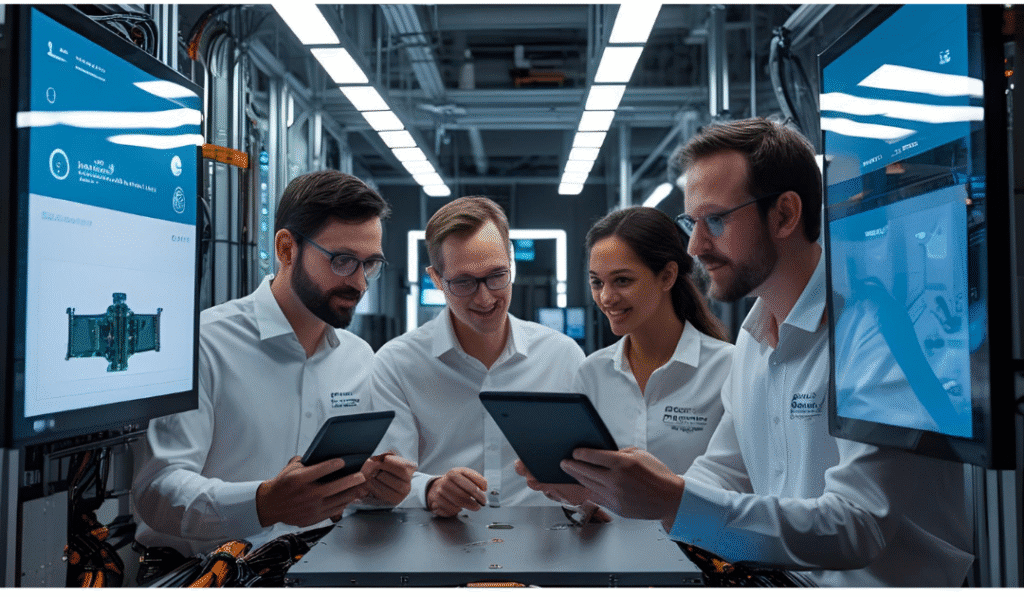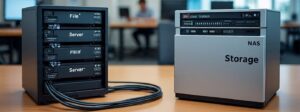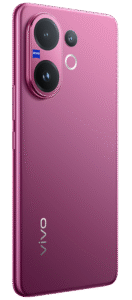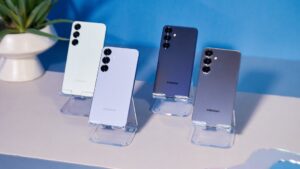
Inside Amazon’s Project Kuiper & Vulcan Robot: A Leap Into the Future

Introduction
Amazon is making groundbreaking strides in space technology and robotics. Two of its most exciting innovations:


In this blog, we’ll explore:


Project Kuiper: Amazon’s Answer to Global Internet
What Is Project Kuiper?
Project Kuiper is Amazon’s ambitious satellite internet initiative, designed to deliver high-speed, low-latency broadband to remote and underserved areas worldwide. As a direct competitor to SpaceX’s Starlink, this project aims to bridge the digital divide by deploying a constellation of 3,236 satellites in low Earth orbit (LEO).
The Historic First Launch
-
When? The first two prototype satellites, KuiperSat-1 and KuiperSat-2, launched successfully in 2024 aboard a United Launch Alliance (ULA) Atlas V rocket.
-
Goal? These test satellites evaluated critical functions like satellite communication, solar array deployment, and orbital performance before full-scale production.
-
Next Step? Amazon plans to deploy the remaining satellites by 2029, ensuring global internet coverage.
Why Does Project Kuiper Matter?



Real-World Impact Example
Imagine a rural school in Kenya with no fiber-optic infrastructure. Through Kuiper’s satellite terminals, students could stream online classes, access digital libraries, and connect with global educators—just like schools in urban areas.
Project Kuiper represents a major leap in global connectivity, combining cutting-edge satellite technology with Amazon’s vast resources to make high-speed internet accessible to everyone, everywhere.
Meet Vulcan: Amazon’s First Robot with a Sense of Touch
What is the Vulcan Robot?
Vulcan is Amazon’s advanced robotic system designed for warehouse automation—but with a unique twist: it can “feel” objects like a human hand.
Key Features:



How It’s Being Used Today
-
Amazon Warehouses – Sorting packages, moving inventory, and even packing boxes.
-
Future Applications? Could assist in healthcare (surgical robots), disaster recovery, or even home assistance.
Real-World Example:
In an Amazon fulfillment center, Vulcan gently picks up a fragile perfume bottle, scans its label, and places it in the correct bin—without human intervention.
How These Innovations Could Shape the Future
1. A Connected World
Project Kuiper, Amazon’s ambitious satellite internet initiative, aims to provide high-speed, 5G-level internet connectivity to even the most remote regions, including jungles, deserts, and oceans. By deploying a constellation of low-Earth orbit (LEO) satellites, this project could bridge the digital divide, offering reliable internet access where traditional infrastructure is lacking.
Impact:
-
Remote Work: Professionals in rural or isolated areas could participate in the global workforce without relocation. For example, a researcher in the Amazon rainforest could collaborate in real-time with scientists worldwide.
-
Telemedicine: Underserved communities could access healthcare consultations remotely. A doctor in New York could guide a medical procedure in a remote African village via a stable video connection.
-
Global Commerce: Small businesses in developing regions could expand their reach by selling products online, boosting economic growth. A handmade crafts seller in a remote Indonesian village could market goods globally through e-commerce platforms.
2. Smarter, Safer Robots
Amazon’s Vulcan robot technology focuses on enhancing robotic touch sensitivity, enabling machines to handle objects with human-like precision. This breakthrough could lead to household helper robots or precision medical bots, transforming daily life and industries.
Impact:
-
Fewer Workplace Injuries: Robots with advanced touch capabilities could perform dangerous tasks in factories, reducing human exposure to hazards. For instance, a Vulcan-powered robot could handle toxic chemicals in a lab, minimizing risks to workers.
-
Faster Logistics: Warehouses could deploy robots that pick and pack fragile items without damage, speeding up deliveries. A Vulcan-equipped robot in an Amazon fulfillment center could safely pack glassware with the same care as a human worker.
-
Robotic Caregivers: Elderly or disabled individuals could receive assistance from robots capable of delicate tasks, such as preparing meals or helping with mobility. A robotic caregiver might gently lift a patient without causing discomfort.
3. Amazon’s Growing Tech Empire
With Project Kuiper (space internet), Vulcan (robotics), and AWS (cloud computing), Amazon is positioning itself as a full-stack tech giant, influencing multiple sectors simultaneously.
-
Kuiper ensures global connectivity, supporting AWS’s cloud services in remote locations.
-
Vulcan enhances automation, improving efficiency in Amazon’s logistics network.
-
AWS remains the backbone, powering AI, data analytics, and enterprise solutions worldwide.
Final Thoughts
Amazon’s Project Kuiper and Vulcan robot highlight the company’s commitment to innovation in space technology and automation.






